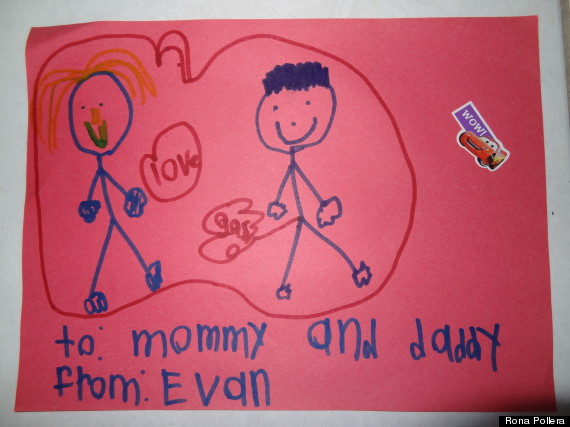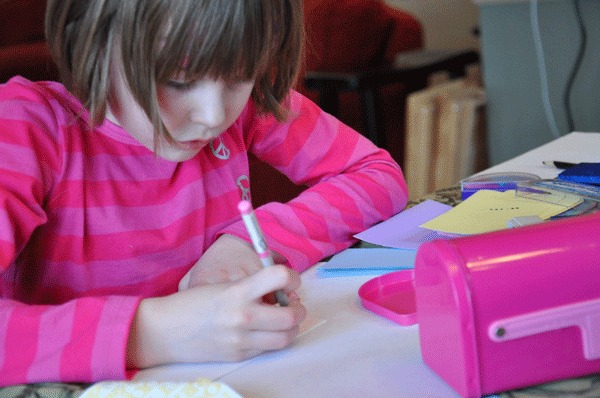5 At-Home Speech Therapy Activities for Valentines Day
Holidays are a great opportunity for building language-based activities at home and incorporating the entire family. They are fun, motivating and usually involve sweets (yum!). Celebrate Valentines Day with a variety of speech and language therapy techniques that are easy to incorporate into your traditions, or build new ones!
1.) Writing Valentines Cards – Phonics and Print Awareness
Cards are the traditional token of Valentines Day and a great tool for encouraging early literacy and print skills.
– Phonics are the first step towards reading. Practice sounding out the word and writing the corresponding letters. Make personal valentines for family and friends (including pets!) and encourage children to spell the person’s (or animal’s) name. First, have them guess the spelling, encouraging them to sound it out or think of the first letter. Give sound cues (e.g., “it starts with a “Puh” sound) and model the sound.
– Organize pictures of family or friends and pre-label Valentines with each persons name. Ask the child to match the written word (“Fiddo”) to the corresponding picture (the dog) and assemble the Valentine.
2.) Singing Songs – Emerging Vocalizations, Simple Sign Language
For early communicators who are just emerging in their use of language, today’s your day to sing that much-loved Barney classic, “I love you.” But instead of just singing it alone, try encouraging vocalizations from your child by providing a pause (“I love you, you love….(me)”) and asking them to vocalize or “fill in” the lyric. For children learning signs, this is a great one for modeling “I,” “love,” and “you.”
3.) Create a Post Office – Pretend Play
All Valentines day cards need a place to be delivered. Engage your child in a pretend play scheme and model language based on the theme of the post office and neighborhood. If you are delivering valentines to different family members, create a mailbox at each person’s door and enact the process of sorting, driving, and delivering. Get creative with costumes and street addresses too. The important part of pretend play is this: a logical, well developed sequence of events (first we collect the mail, then sort them by street), imaginary objects (the mail truck), and role play (the mailman introduces themselves to the neighbors).
4.) Making Cookies – Following Directions
All good holidays involve sweets. For Valentines day you’ve probably considered making cookies or another heart-shaped treat but you might not have considered making it a language game. Cooking can be a great way to encourage good listening skills because children might not already know the steps. Set up all the materials and give simple, concrete instructions for how to complete each step. Encourage your child to be “good listener” and to “listen carefully” while you tell them what to do. Try first to just say it verbally (e.x. “Before you pour the milk, put in an egg”) and watch how they respond. If they have trouble, give them a visual cue and show them with a gesture or give them the object you asked. Incorporate new verbs and descriptions such as “whisk” and “beat” or “fast” and “a long time.” This is a great task not only for sweet-tooth’s but for building vocabulary and listening skills.
5.) Rhyming Riddles – Vocabulary
Build vocabulary with these Valentines day-themed rhyming riddles. All words are related to Valentine’s day so if your child is struggling, remind them to think of words related to this holiday. Make a game of it with turn taking at the dinner table or before bedtime.





